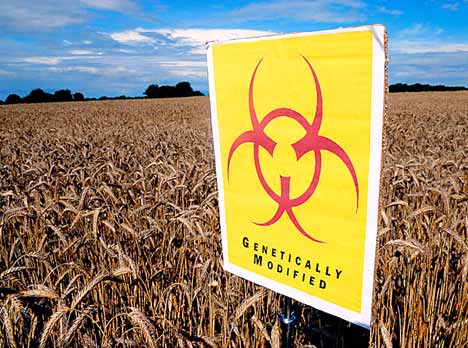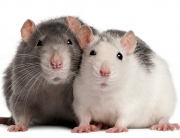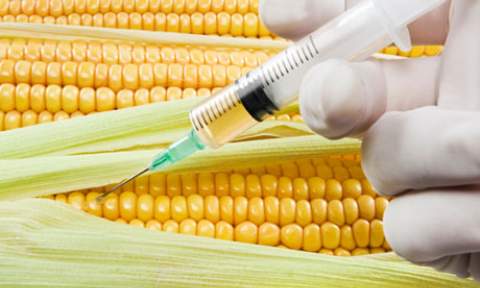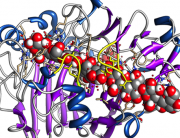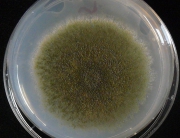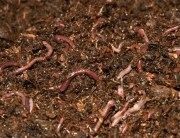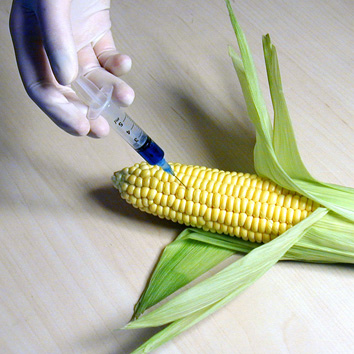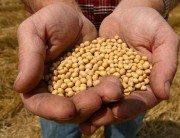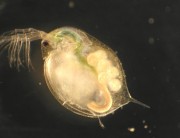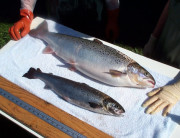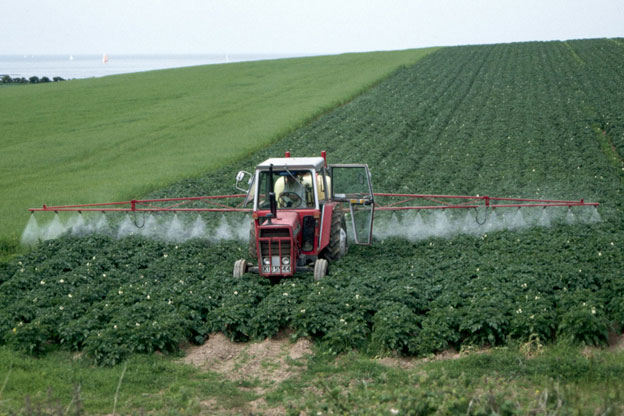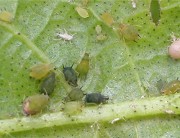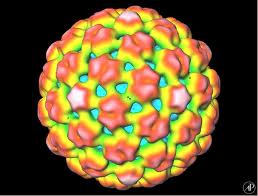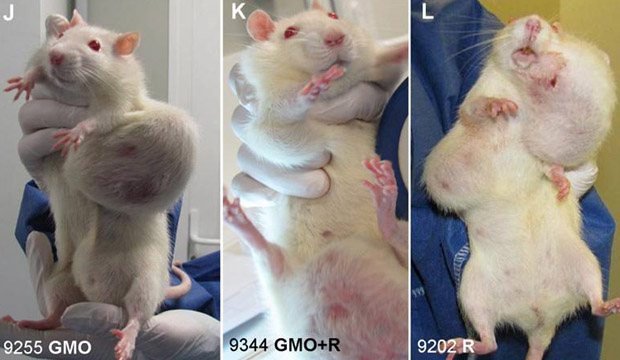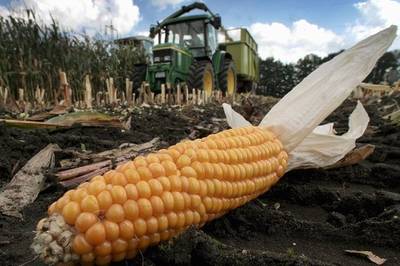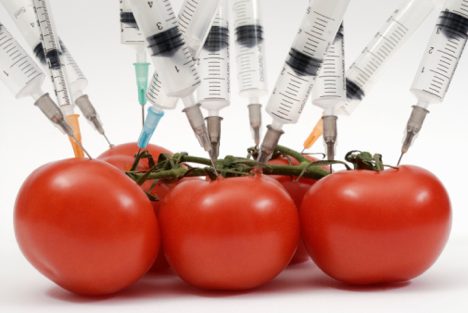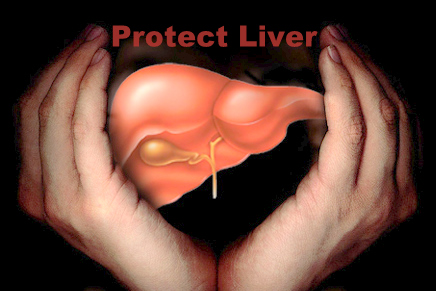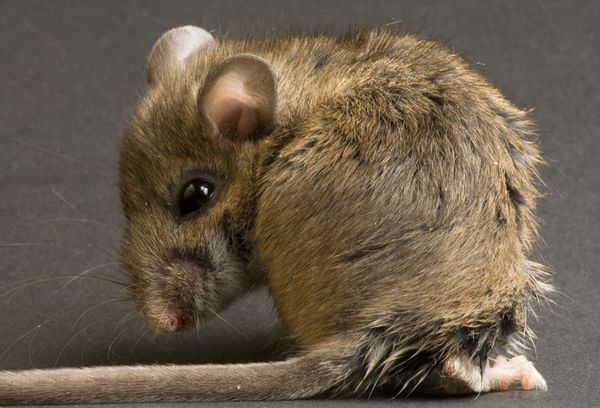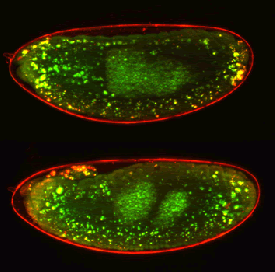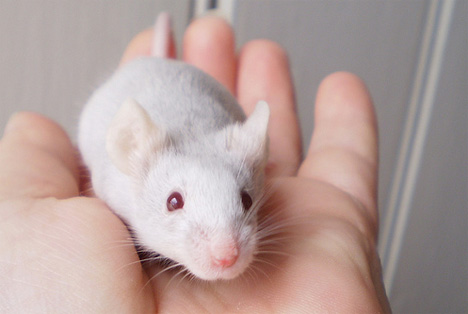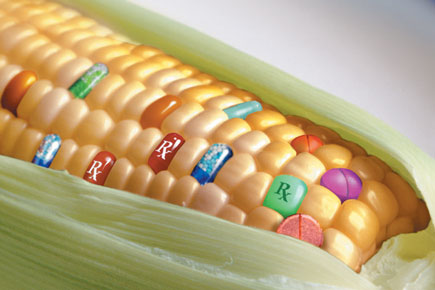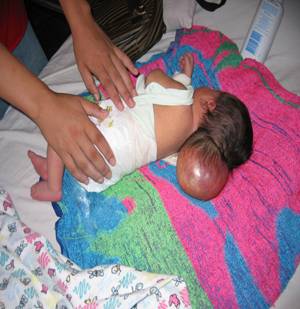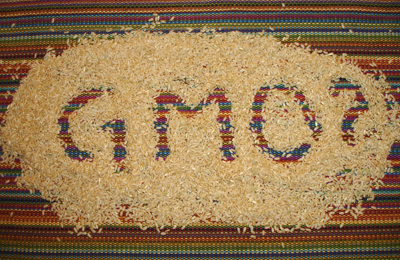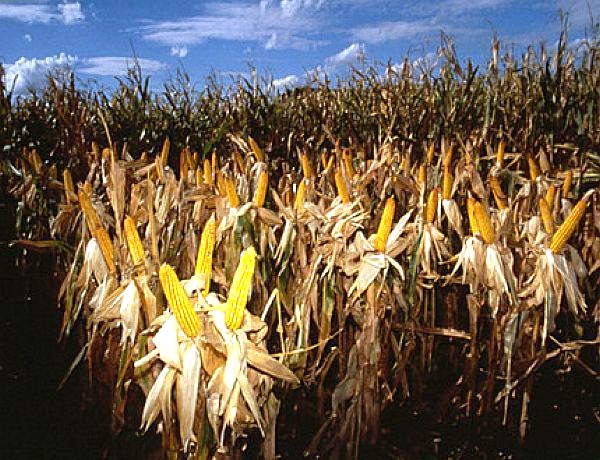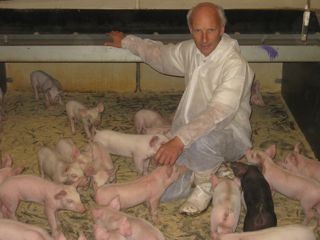This study finds that there is “no evidence that restrictions and regulations of GM crops in Europe have decreased seed choices for farmers in the non-adopting countries Austria, Germany and Switzerland. In contrast, we observed that in Spain, which has adopted GM maize, the seed market was more concentrated with fewer differentiated cultivars on offer. In Spain, overall numbers of maize cultivars declined, with an increasing number of non-GM cultivars being replaced by GM cultivars.”
The study also found “no detectable yield advantage in GM-adopting countries”, even when the analysis was extended to the United States.
Farmer’s choice of seeds in four EU countries under different levels of GM crop adoption
Authors: Angelika Hilbeck , Tamara Lebrecht, Raphaela Vogel, Jack A Heinemann, Rosa Binimelis
View full study here: enveurope.com
Abstract Background
It has been hypothesised that farmers in countries that do not adopt GM crops do or will have fewer seed options. By extension, there is concern that the choices made by countries that have so far rejected GM crops have had an impact on their productivity. To estimate how much real world choice maize farmers have in countries with different degrees of GM crop adoption (Austria, Germany, Spain, Switzerland), we used surveys of seed catalogues from local and regional seed suppliers, transnational seed corporations and public national and European seed registration catalogues as an approximation for real world choices available to farmers. We further compiled and analyzed yield data from the UN Food and Agriculture Organisation FAO to compare yields over the same period of time in GM-adopting and non- adopting countries.
Results
We found no evidence that restrictions and regulations of GM crops in Europe have decreased seed choices for farmers in the non-adopting countries Austria, Germany and Switzerland. In contrast, we observed that in Spain, which has adopted GM maize, the seed market was more concentrated with fewer differentiated cultivars on offer. In Spain, overall numbers of maize cultivars declined, with an increasing number of non-GM cultivars being replaced by GM cultivars. Moreover, there was no detectable yield advantage in GM- adopting countries, even when we extended our analysis to the United States.
Conclusions
In the non-adopting European countries of our analysis, farmers have more maize cultivars available to them today than they had in the 1990s despite restricting GM-varieties. Along with the increasing adoption of GM cultivars in Spain, the studied GM-maize adopting country in Europe, came a decline in farmers’ choices of total numbers of available maize cultivars, both among desired GM-cultivars and non-GM cultivars.





